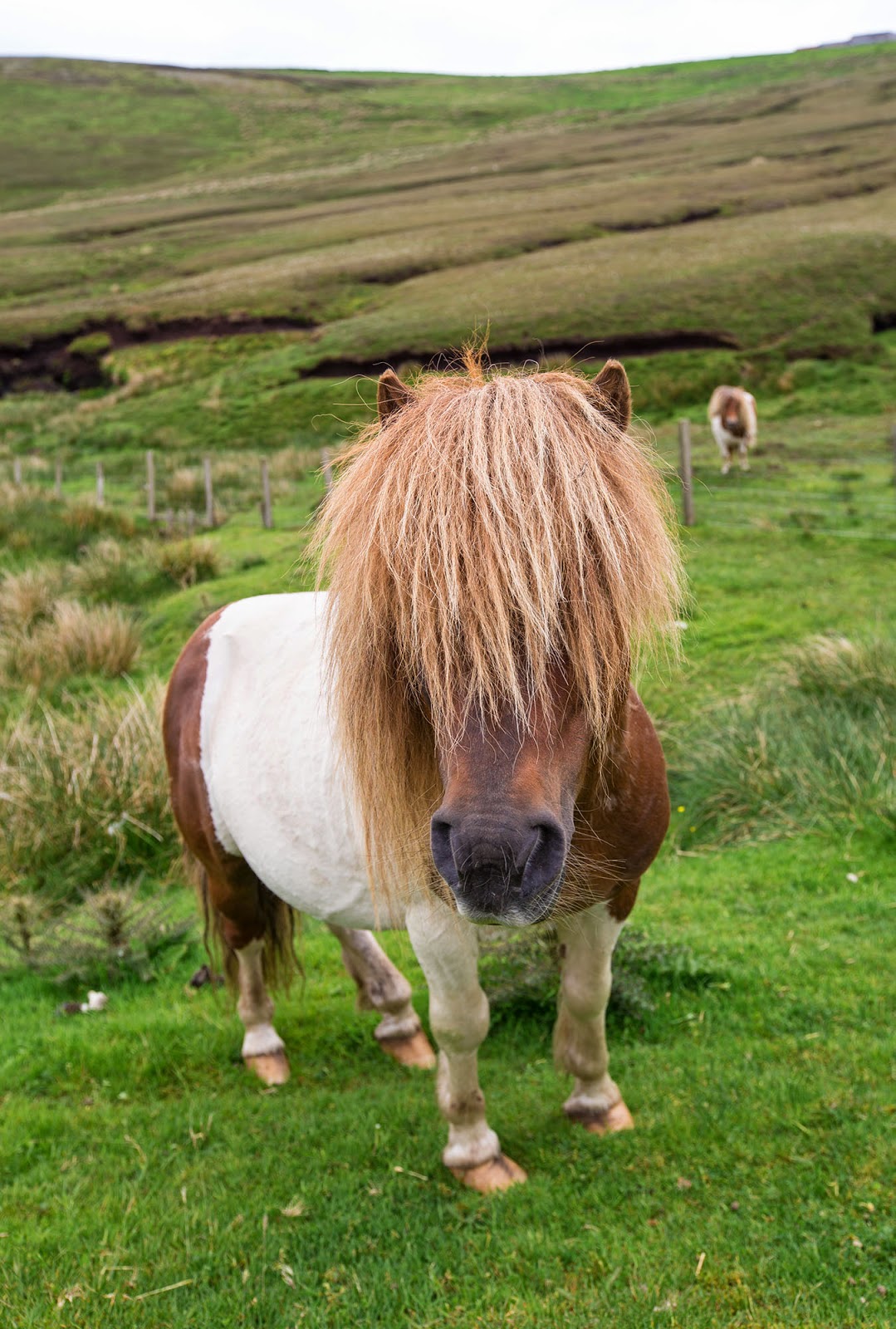
Shetland Ponies Scotland's Work Horses Britain All Over Travel Guide
This guide will explore all 9 of Britain's native pony breeds: Dales, Dartmoor, Eriskay, Exmoor, Fell, Highland, New Forest, Shetland and Welsh Mountain ponies. Read on to learn about the history and defining characteristics of each breed, as well as how to identify them and where to spot them in the British countryside. Dales Pony

Shetland Ponies Scotland's Work Horses Britain All Over Travel Guide
The Shetland pony became the first pony to have its own breed society when fanciers formed the Shetland Pony Stud-Book Society in 1890. Conformation: According to Britain's Shetland Pony Stud-Book Society, today's height for a British Shetland pony is a minimum of 28 inches to a maximum of 42 inches; these sizes are also historically.

9 Things You Didn’t Know About The Shetland Pony
The PBSA was established in Shetland in 1971 to encourage closer communications and collaboration amongst island breeders and with the Shetland Pony Stud-Book Society. The exhibition, entitled 'Shetland Ponies: Choosing the best from the rest', opens on Friday 19 th July at the Shetland Museum and Archives. It will feature stories, photos.

Shetland Ponies Scotland's Work Horses Britain All Over Travel Guide
Shetland ponies were used in British coal mines from the 19th century. Hardy, resilient and very strong for their size, the ponies could pass through low underground tunnels hauling truckloads of coal.. As a result, the Shetland Pony Stud Book Society was established in 1890 to ensure that purity of the breed was retained. At home, Shetland.

Shetland Pony Breed Guide Pet Insurance Review
Shetland pony, breed of horse popular as a child's pet and mount. Originating in the Shetland Islands, Scotland, the breed is adapted to the islands' harsh climate and scant food supply. Shetlands were used as pack horses and in about 1850 were taken to England to work in the coal mines.
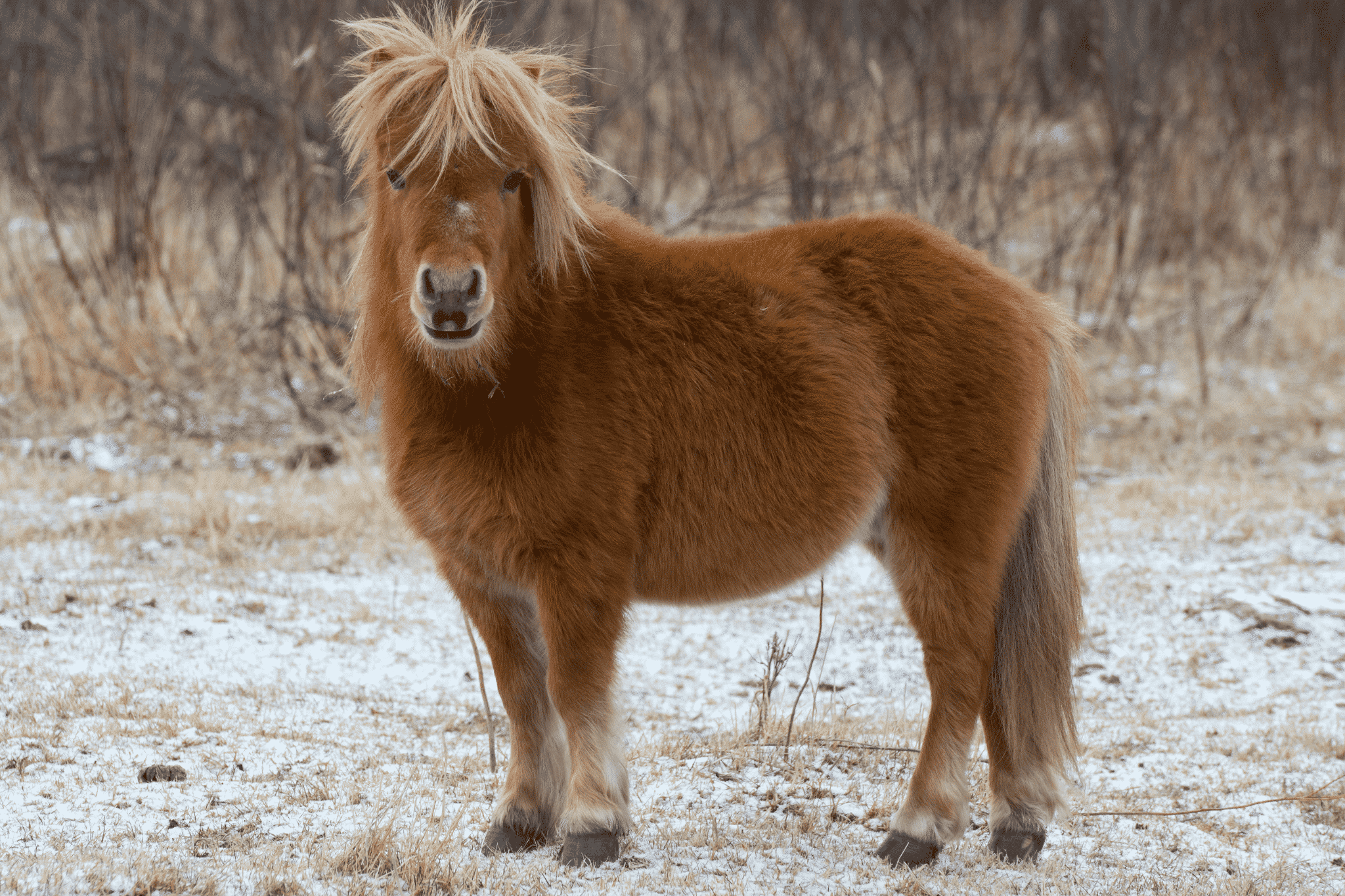
All About Shetland Ponies (facts, lifespan, care, etc.)
Named after the islands they lived on in Northern Scotland, this breed comes in various colors, coat patterns, and markings — from black, brown, and bay to buckskin, roan, and palomino. The only pattern you won't see on a registered Shetland is leopard spotting like you might find on an Appaloosa.
.jpg/1200px-Shetland_pony_(2).jpg)
Shetland pony Wikipedia
Intro Strongest pony breed for their size, the Shetland and can pull twice its own body weight. The Shetland blood is found worldwide, but the British Shetland retains more of the original characteristics of the breed and are heavier than their American counterparts. Image from Orchard Hill Farm Origins

Travel Shetland Islands, Great Britain The Weather Channel Shetland islands, Shetland pony
From All-Time Thrillers Through To Relaxing Classics, There's An Experience For Everyone. Fill Your Year With Amazing New Experiences From The UK's Leading Provider. Shop Today.
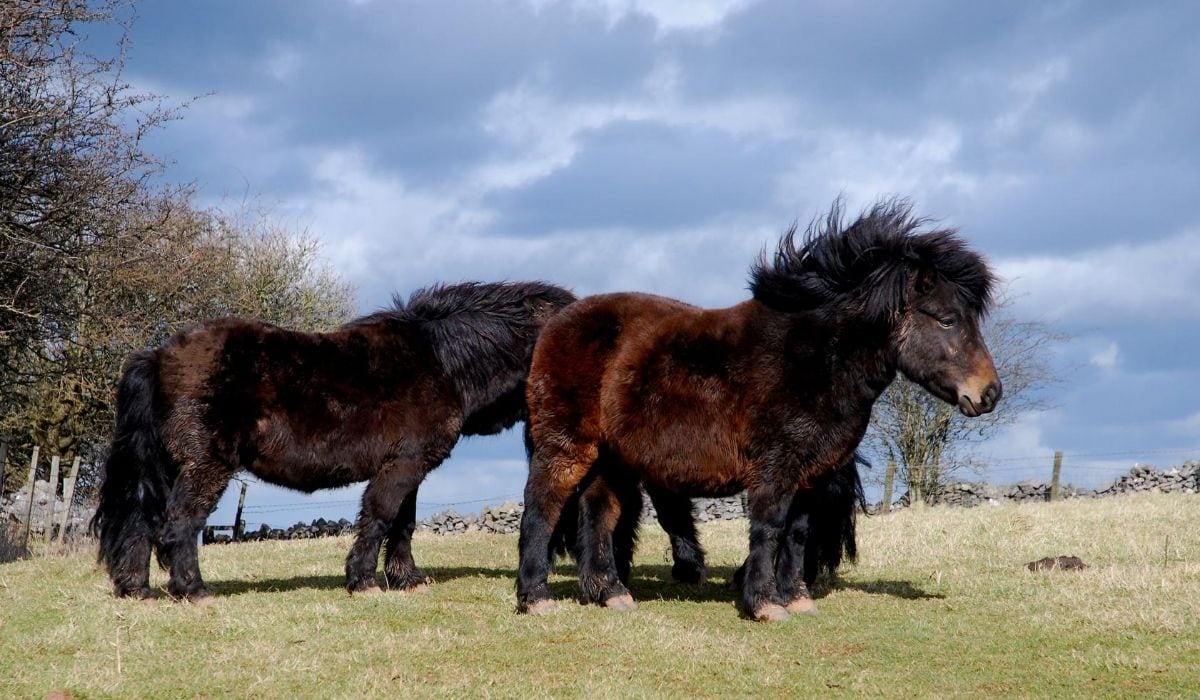
17 Interesting Facts About Shetland Ponies Helpful Horse Hints
Today, the Shetland Pony, with its short stature of a maximum of 42 inches and its good-natured way, is one of the most popular pony breeds in the world, used mainly as a riding pony for children. Due to its enormous strength, however, it is also suitable as a driving and carriage pony, especially since it can even pull twice its body weight.
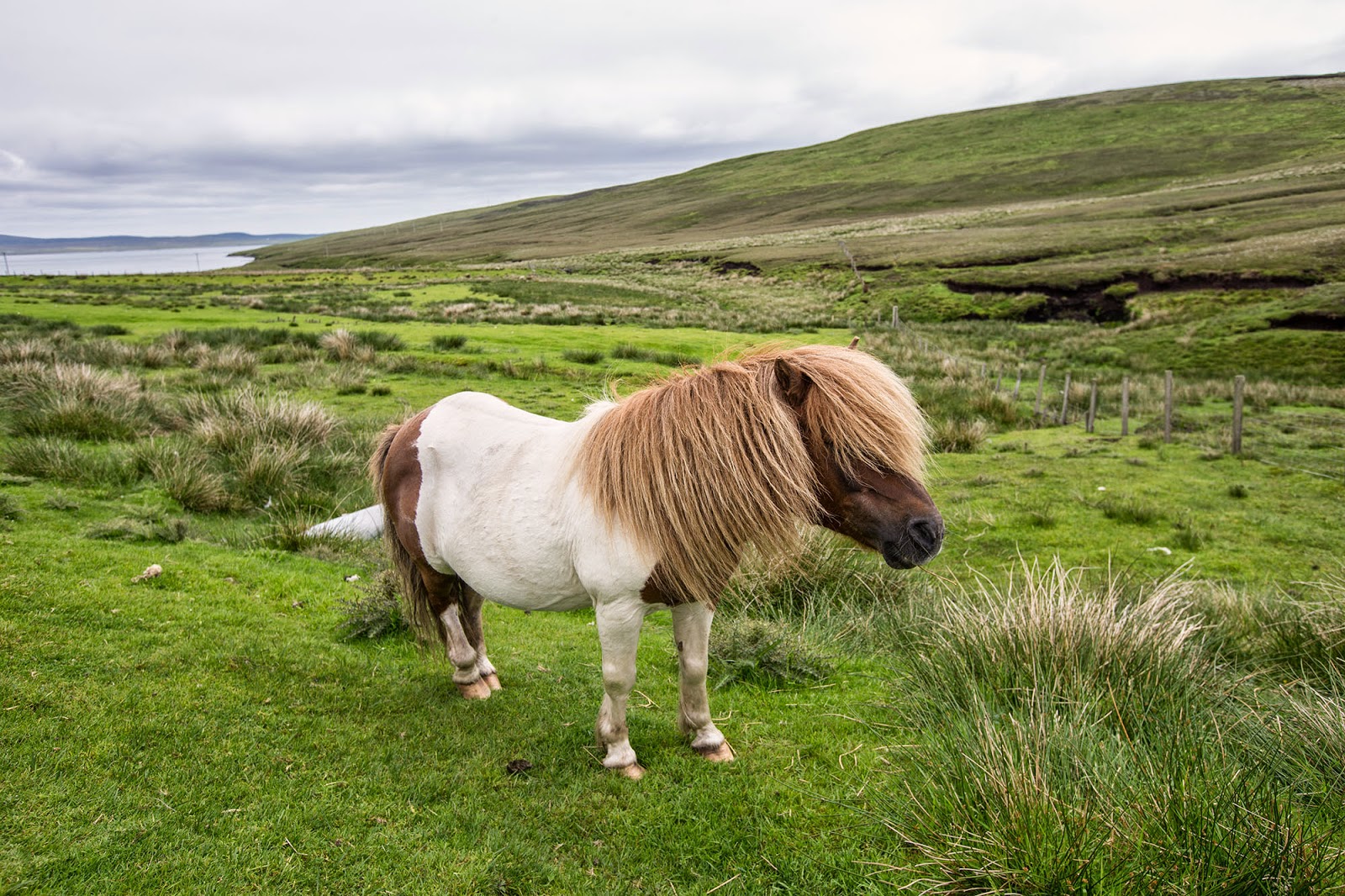
Shetland Ponies Scotland's Work Horses Britain All Over Travel Guide
The Shetland pony is a Scottish breed of pony originating in the Shetland Islands in the north of Scotland. It may stand up to 107 cm (42 in) at the withers. [1] It has a heavy coat and short legs, is strong for its size, and is used for riding, driving, and pack purposes. Two women of the Shetland Isles with ponies: photograph taken about 1900
:max_bytes(150000):strip_icc()/minature-shetland-pony-on-a-pasture-bavaria-germany-europe-533676600-58483b2b5f9b5851e5df1177.jpg)
Meet the Shetland Pony and What to Expect
Thursday 18th & Friday 19th April OFFICE CLOSURES Public Holidays T.B.C. WELFARE The welfare of Shetland Ponies throughout the UK is a prime concern of the Society. Owning a pony can give great pleasure but there is also a big responsibility involved with the care and wellbeing of the pony.

7 Shetland ponies with charisma and cuteness who won last show season (you’ll want to take them
Pebbles: Pebbles, an iconic Shetland Pony, was a much-loved character in the British children's television show "Noddy." With her charming personality and mischievous antics, Pebbles captured the hearts of viewers worldwide. Teddy: Teddy, a Shetland Pony from the 19th century, gained fame as a remarkable jumper.

Shetland Pony Breed Guide Horsemart
The Shetland Pony is the smallest of the native British pony breeds, and the most well known. Off the coast of Scotland lie the Shetland Islands, the native habitat of the smallest native equine in Great Britain: the Shetland Pony. It's thought that the breed developed in the Scandinavian tundra and was possibly brought over by Viking raiders.
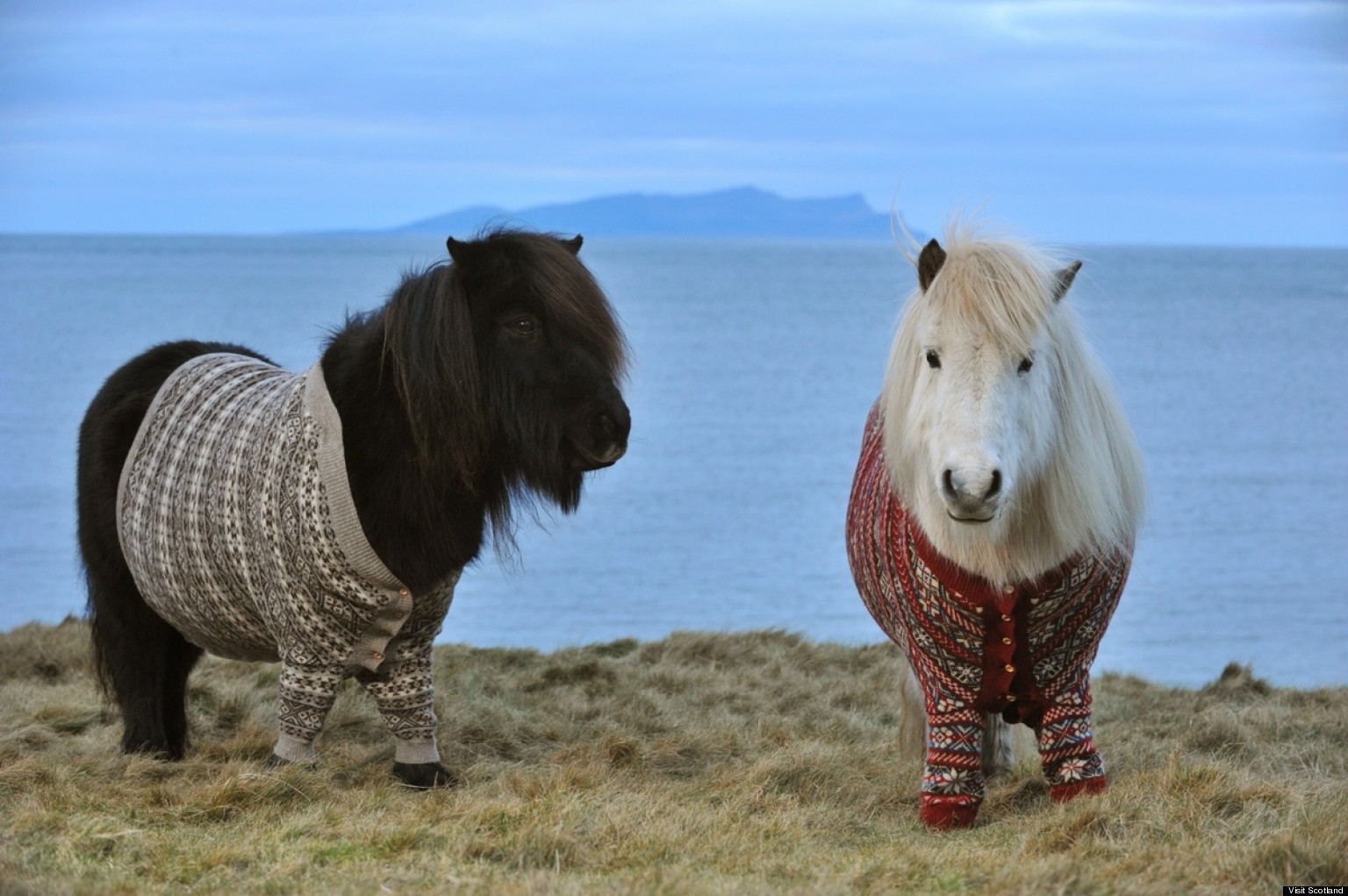
Shetland Ponies In Cardigans. You're (PICTURES) HuffPost UK
Origins of the Shetland Pony The Shetland Pony originates from the Shetland Islands, a group of islands lying approximately 100 miles off the north coast of Scotland. It is believed that Shetland ponies may be the descendants of the Tundra Ponies which came to Britain during the last Ice Age. Over the centuries, the harsh environment and sparse.
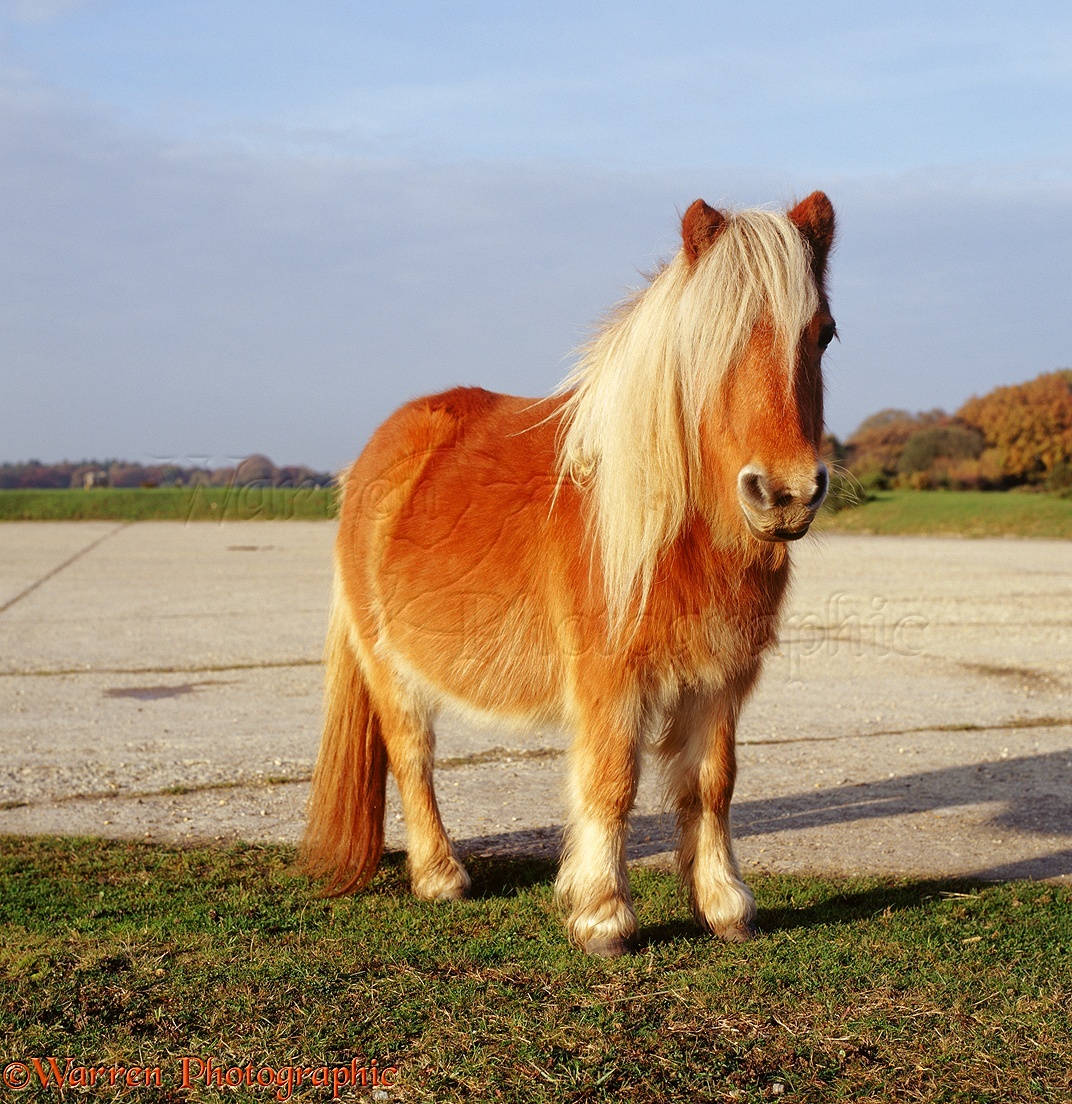
Shetland Pony photo WP02934
The Shetland Pony developed in the Shetland Isles, 100 miles (160km) northeast of Scotland, roughly 4,000 years ago, though their Breed Association was not formed until 1890. 1 They are one of the strongest breeds in comparison to their body size, able to pull up to twice their own weight and pack up to half their weight. They are very popular throughout Europe as children's mounts, driving.

9 Things You Didn’t Know About The Shetland Pony
Subscribe. "A little barrel-bellied broad-backed equuleus, of a brown or black colour, that is no larger than a donkey" This is the description of a Shetland pony, written by Samuel Hibbert on his tour of Shetland in 1822 after encountering the native breed of pony, unique to Shetland.The discovery of a leg bone in excavations at Jarlshof.